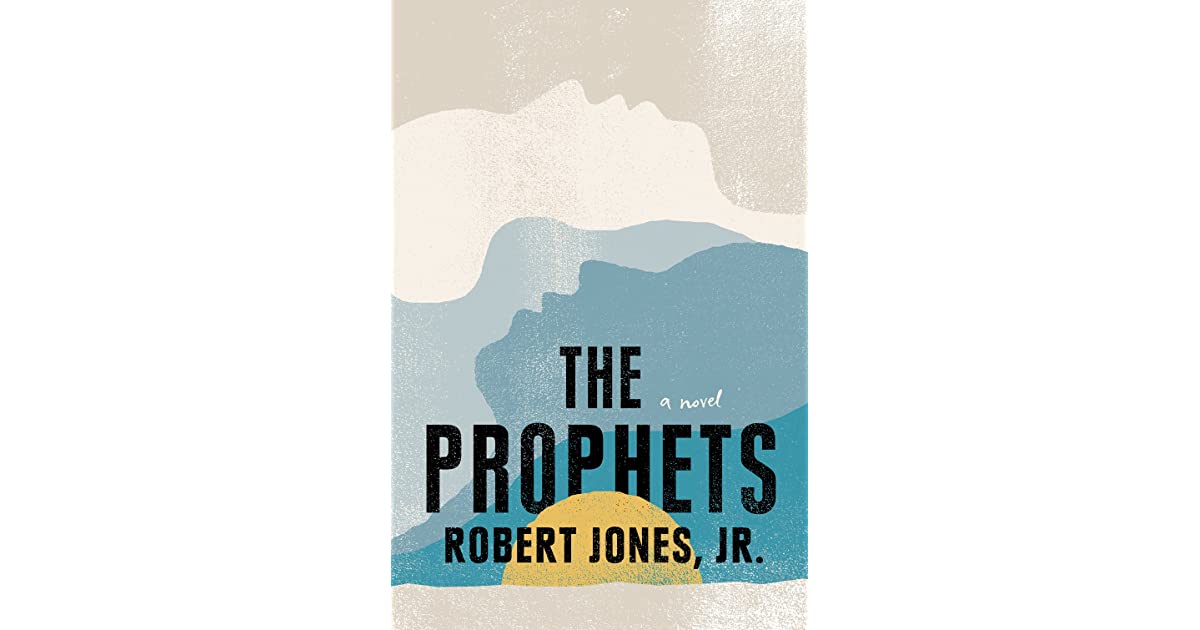Frontlist | ‘The Prophets’ an epic love story of two men
Frontlist | ‘The Prophets’ an epic love story of two menon Jan 05, 2021

Their relationship sets off a chain of events on the aptly named Empty plantation in Mississippi, including malicious interference by a jealous older man who claims to preach the gospel. The book also conjures a mythical African kingdom ruled by a female king where same-sex desire is honored. In a gesture that acknowledges the historically fraught relationship between Black LGBTQ communities and the Christian church, the book’s chapter titles alternate between the characters’ names and the names of books of the Bible. With this epic novel, Jones, who is known for his blogging and Twitter presence as Son of Baldwin, marks his entry into the literary arena.
Of the many forms of violence done to people of African descent in the diaspora, perhaps the most grave is the loss of meaningful connections to our past. With family lines broken and ancestors diminished to figures on plantation ledgers and Christian names on bills of sale, Black people grieve for forebearers whose recorded lives lack both facts and emotional texture. In addition to this erasure, homophobia seeks to write Black queer desire and lives out of history, to mark those whose expressions of gender and sexuality are outside of what society deems “normal” as deviant and symptomatic of infection by white, Western ideals.
“The Prophets” seeks to repair these wrongs by presenting a queered vision of Black history. It dwells less on the physical violence of chattel slavery in the United States and focuses instead on how enslaved people reclaimed their rights to leisure and asserted ownership of their thoughts and feelings. Even in the face of incredible oppression, this book reminds us, enslaved people loved fiercely, adorned themselves and dreamed freely. The greatest gift of this novel is its efforts to render emotional interiority to enslaved people who are too often depicted either as vessels for sadistic violence or as noble, superhuman warriors for liberation.
Jones depicts Samuel and Isaiah’s romance with beauty and tenderness. I was particularly moved by the way the author frames the danger of sleeping in: “Samuel had told Isaiah earlier in the morning to let himself lie, let himself rest, remember the moments. It would be considered theft here, he knew, but to him, it was impossible to steal what was already yours—or should have been.” Jones’s writing is at its best when it tackles human-level interactions, such as when one character, Puah, receives a sharp comeuppance from the woman who braids her hair: “Sometimes it was hard to endure Sarah’s truths, as unsweetened and thorny as they were. They had no roundness, no smooth edges, and every point was pin sharp. Still, from every pin-sized wound, only a little blood was let. . . . Puah knew that the secret to strength was in how much truth could be endured. And on a plantation full of people asleep in lies, she intended to stay awake, no matter how much it stung.”
There are other passages where the prose feels clunky and effortful, and some readers may feel that the author drops the proverbial stitch in the delicate work of storytelling in favor of addressing historical, social and political issues. The novel may also have benefited from more judicious editing to craft a more captivating and coherent plot. Perhaps this narrative dissonance is indicative of Jones’s attempt at experimentation. It may also reflect the nagging lack of emotional and narrative closure that is emblematic of Black experience in the Americas.
In an interview with Hyperallergic, Christina Sharpe, author of “In the Wake: On Blackness and Being,” refers to artistic endeavors such as “The Prophets” as wake work: “The wake is keeping track of the ship, keeping watch for the dead . . . to think about the persistence of Black death . . . and the persistence of Black life, the ways in which Black people nonetheless make spaces of joy.” Reimagining enslaved people’s lives and correcting the erasure of Black LGBTQ people from the historical record is among the most sacred and critical work for Black writers and scholars. “The Prophets” is in conversation with texts such as Marlon James’s novel “The Book of Night Women,” Saidiya Hartman’s classic “Lose Your Mother: A Journey Along the Atlantic Slave Route” and Omise’eke Natasha Tinsley’s “Thiefing Sugar: Eroticism between Women in Caribbean Literature.”
Jones’s debut novel is an important contribution to American letters, Black queer studies and the present moment’s profound reckoning with the legacy of America’s racialized violence.
Source: The Washington Post



.jpg)






.jpg)

.jpg)
.jpg)
.jpg)
.jpg)
.jpg)
.jpg)

.jpg)









Sorry! No comment found for this post.